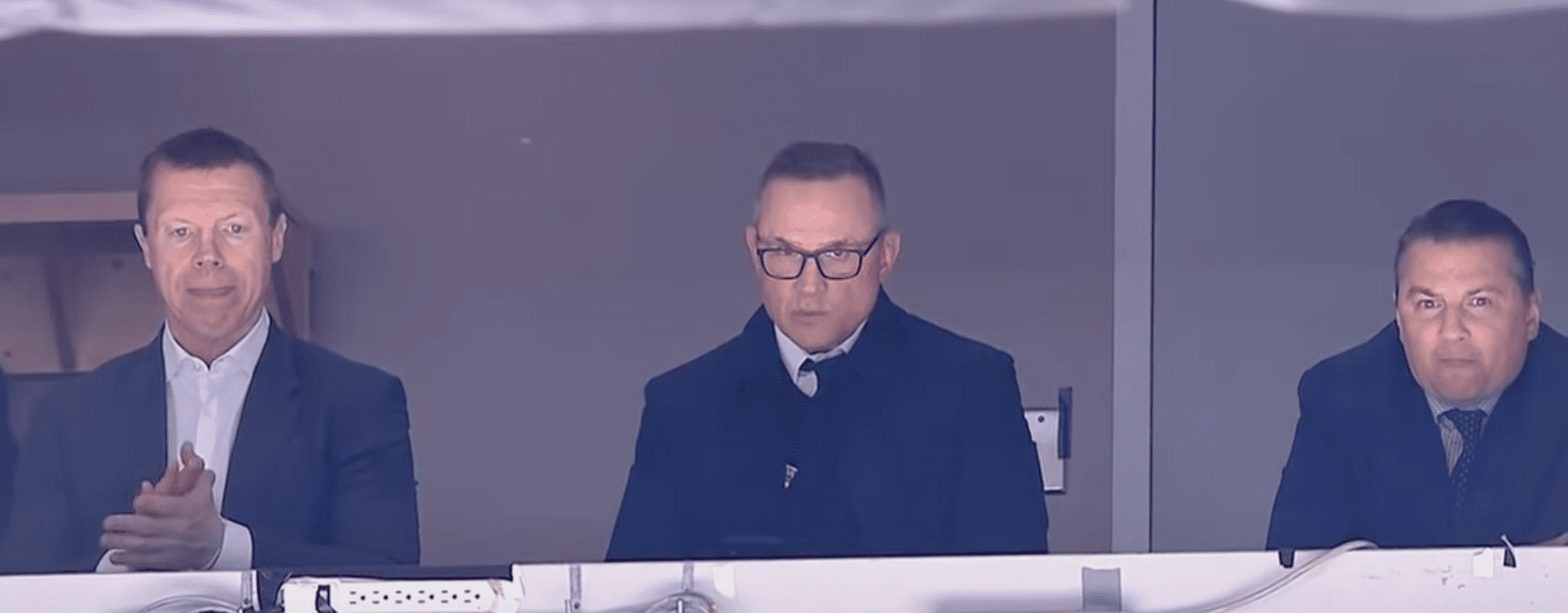Detroit Red Wings
Anatomy of the Yzerplan: Analyzing Red Wings Draft Rounds 3-7

In the first part of the Anatomy of the Yzerplan series, DHN looked at the Detroit Red Wings’ draft in the first and second rounds under Steve Yzerman‘s leadership.
This part of the series focuses specifically on the final five rounds of the draft. In this piece we’ll look at:
- The final five rounds of the draft (3-7) from 2019 through 2022.
- A breakdown of how many draftees Detroit took by position
- A breakdown of what league each draftee came from
Let the fun begin.
Red Wings Third and Fourth Round Selections
Of the seven rounds, Detroit has selected the least amount of players in the third round and later, the sixth. Some of this is due to trades, be it moving up or down.

Viro was legitimately playing in a “man’s league” upon his drafting, and Grewe, who many thought would make his way to Detroit, was derailed by injury. Mazur’s selection continues a heavy dip into the USHL while Sebrango is probably a season away from making an appearance in Detroit. Half of the picks were international selections while there’s a lot of strong potential in Mazur, Sebrango, and Viro being contributors in Detroit.

Conversely, the fourth round has been a hot spot of activity for Detroit. But it’s similar spots, and even teams, that Yzerman’s front office targeted. The international offerings are below 50% for the first time during this analysis, with Sweden leading the way in that regard. The US Developmental program makes its first appearance with the selection of Red Savage. The USHL shows up again, and interestingly, it’s the fifth time Detroit has taken from Sioux Falls. The only other USHL club through five rounds that the Red Wings selected from was Tri-City.
Red Wings Fifth, Sixth, and Seventh Round Selections
Going back to Dobber’s Analysis, you’re reaching into more of the “hope and pray” category when it comes to seeing NHL players with more than 99 games to their name. The specific breakdown: 1st Round (37.3%); 2nd Round (17.2%); 3rd Round (13.7%); 4th Round (10.9%); 5th Round (7.5%); 6th Round (7.9%); 7th Round (5.5%).
How does it shape out?

The fifth round offerings include Dower-Nilsson, who was heavily sought after by scouting guru Håkan Andersson. Detroit’s earliest high school pick is here with Cooper Moore, but it’s a pretty heavy Canadian juniors offering here with each of the three leagues represented.

The sixth round sees less picks but a lot of the same tendencies: Sweden and the USHL. In fact, emerging Red Wings fan favorite Elmer Soderblom heads the list. Of the later rounds, Detroit makes its most selections the seventh round.

The bulk of the three high school selections are here along with a smattering of USHL picks. The lone international pick is Tyutyavyev, who Lucas Raymond referred to as a “beauty.” He hailed from the same league as 2022 second round pick Dimitri Buchelnikov, who’s also been looking like a “beauty” to analysts and pundits with his performance recently in Sochi.
With everything now accounted for, how does the prospect pipeline stack up compared to what Yzerman inherited?
Positional and League Breakdowns
Heading into the 2019 offseason, Yzerman sent his first strong message of the Yzerplan when he took Seider out of the DEL. From a quantitative standpoint, here’s a breakdown positionally since 2019 of how Detroit drafted:

The Seider pick set the tone for the Yzerman era as he’s chosen defensemen nearly 38% of the time. Left wings follow with a quarter of the 40 selections. Both Seider and Raymond are in the NHL, and seem like shoe-ins to blow past the aforementioned 99 games at the NHL level.
Of those 40 picks, where did they choose from? The results really shouldn’t be surprising. (Note, I folded in the SHL J20 selections into the SHL category simply because they’re likely feeding into the SHL parent club:

Interestingly, the SHL and USHL make up more than half of the Red Wings picks during that four-year time frame. The Canadian Hockey League, if brought together, make up eight of those selections. Cumulatively, the CHL, USHL, and SHL make up nearly 75% of the Red Wings draft over the last four seasons.
The main takeaway here is that while it feels like the Red Wings are certainly targeting more players from the SHL, it’s actually quite close when factoring in prospects from both the USHL and CHL. Make no mistake, however, that the strong returns already from Seider, Raymond, Soderblom, Edvinsson and Johansson certainly makes a strong point.
Simply put: the Swedish League produces talent.
In the next piece of the series, we’ll look back at the previous four seasons before Yzerman took over. DHN will specifically look at the breakdown by position, and league. Finally, we’ll look at the same metrics for how Yzerman drafted while with Tampa Bay, looking to see if there’s any correlation or if Yzerman has gone a different route with Detroit.
















